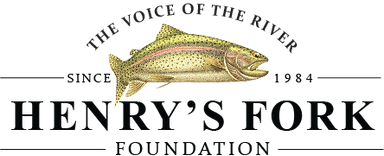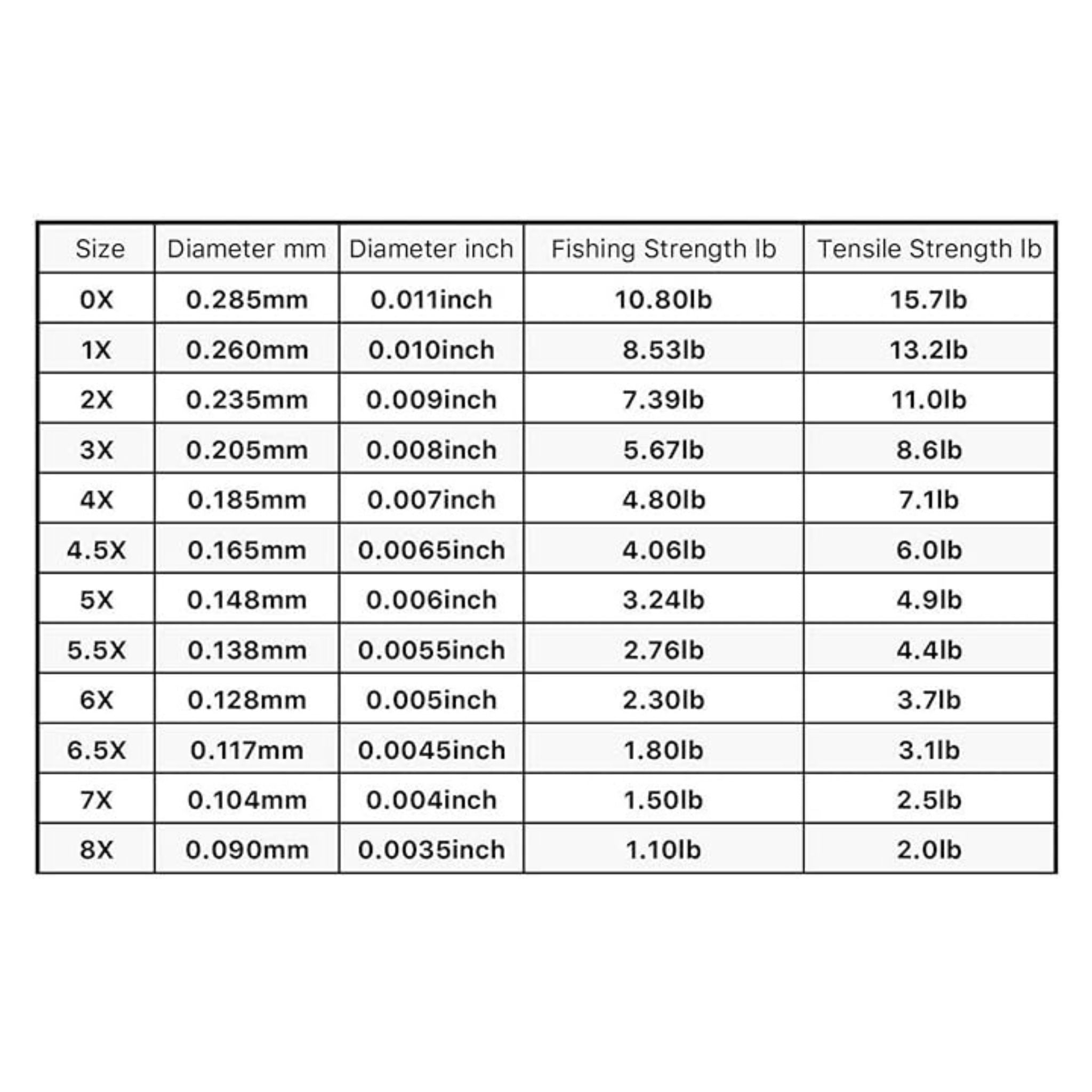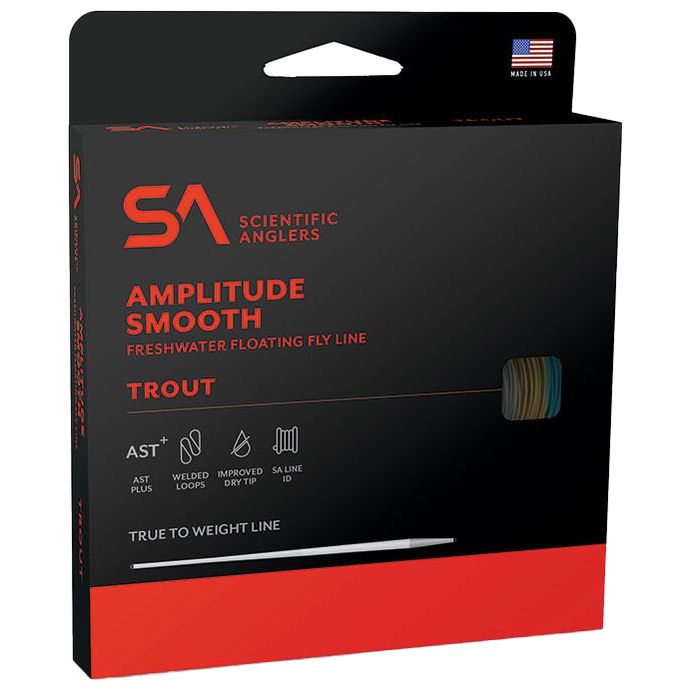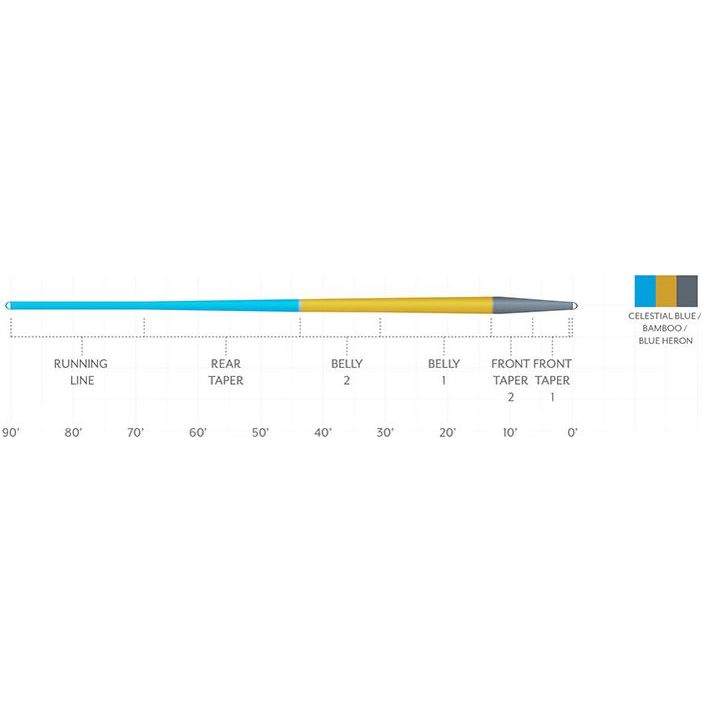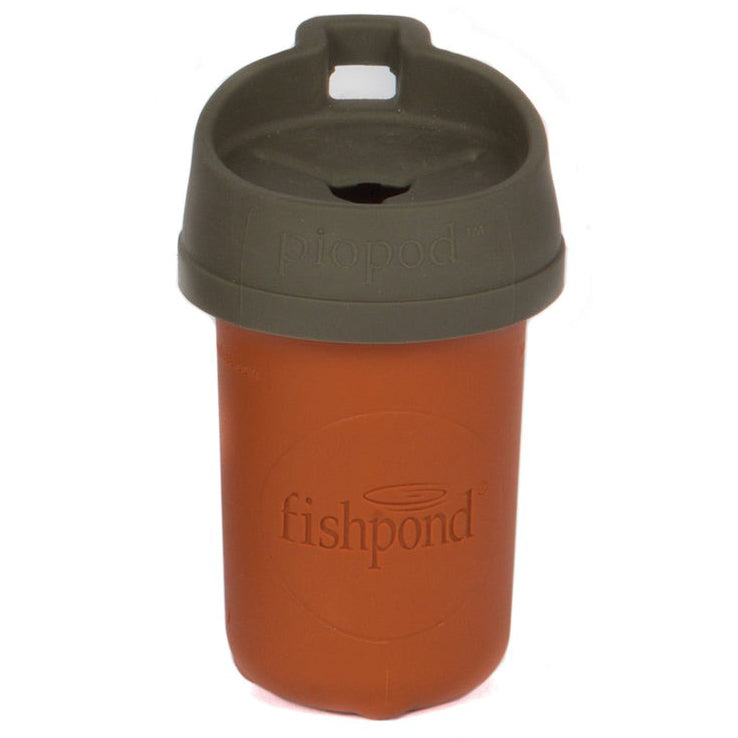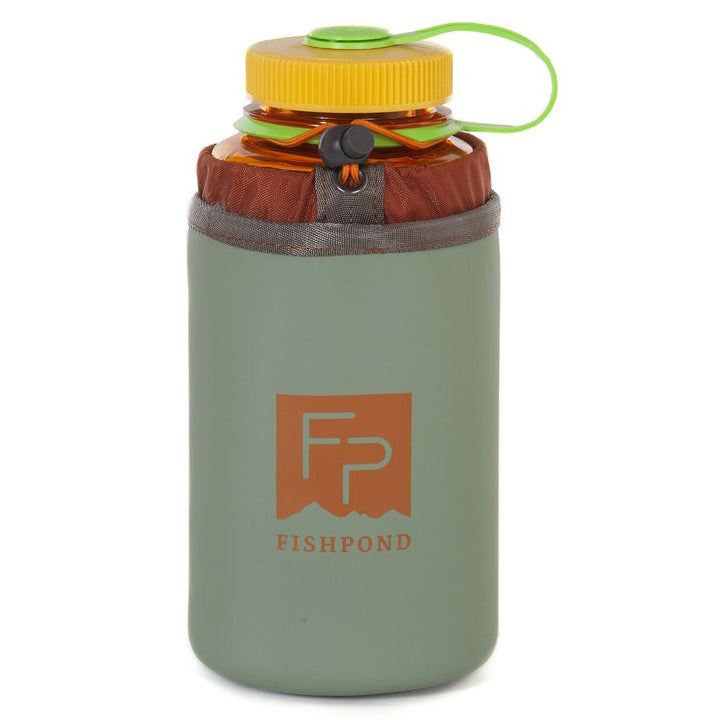Henry's Fork Recap 2022

2022 was a year that seemed to lack only consistency with both weather and water. It seemed to defy the forecast in ways both good and bad. After a winter with an extremely low snowpack and relatively low (but just high enough) flows out of Island Park Reservoir, we limped into May with low water and forecasts for a dismal water year that was only going to make an already difficult situation much worse. By the end of that same May it had rained so much we began to think about carrying two rain jackets on each fishing day, one for before lunch and dry one for after! That persistent, heavy rain and wet continued with very little break until the middle of June.
The salmonflies did their best to hatch but those that managed to find enough sun to be motivated to climb ashore were often found lifeless and just inches from where they exited the water. Apart from a handful of days in the right spot at the right time, reports were largely a bust for dry fly fishing with the big bug. Nymphing conditions persisted until the middle of June when the sun suddenly popped out of the clouds and decided not to go away for the next good while. Just like that, summer was here and the fishing responded throughout the system as though the bugs and trout had been cooped up in a pandemic and were suddenly set free.
While all of this spring water wasn’t so good for dry fly fishing, in Henry’s Fork country it was generally well-received and made quick work of filling thirsty reservoirs that were forecasted to stay at record low levels. It also played an important role in pushing back the demand for irrigation in the lower elevations and across the state, helping to keep a bit more of the water in Island Park Reservoir for future use. It took a year that started off an abysmally poor water year and nudged it into a poor water year. We knew that most of the water we had stored from the spring rains would be used to fill the demand that was being felt across the state of Idaho.
Summer set in with a bang, on June 16th with lots of hatches and decent numbers of trout throughout the system, but generally more spotty than last year. Not uncommonly heard were fishing reports from guides and anglers that varied from one extreme to the other, every day seemed to have a right place and time and the daily game was to figure out the where and when. PMDs and caddis weren’t very strong, but they were present and provided some great opportunity. Green drakes were short-lived in duration but of fair intensity, plenty of good fishing to be had, but not the days of drakes pouring off throughout the morning and afternoon. Brown drake hatches seemed to defy the odds and we had some great hatches on unlikely evenings with heavy cloud cover. Flavs and flav spinners provided anglers with the longest duration of opportunity during this timeframe and lasted from about June 20th on the lower river until the middle of July on the upper.
The quality dry fly fishing carried on with a steady increase in flows until demand for water became too great and the high flows put our fishy friends back into nymphing mode. Mid-July through about the second week in August found us working indicator rigs and dry/droppers to find consistent success. There is no one and no thing happier about these conditions than the trout of the Henry’s Fork; high water in peak summer with enough turbidity to stay comfortably hidden and rewards them with great feeding conditions without the heavy angling pressure. Good fishing is there to be had, but not always the kind of fishng one wants to employ or where one wants to go. Anglers willing to adapt to fishing conditions and seek out fishy water kept their reels singing and rods bent in late July and early August. The wonderful diversity of water on the Fork seems to always have something in good shape as conditions change.
As water demand began to decrease, flows were reduced and August came into shape with comfortable flows, encouraging trout to once again look to the surface for their next meal. Surprisingly, despite the lack of hoppers on the Madison River, just a short 40 miles to the north, sections of the Ranch had good terrestrial fishing that lasted into late September. Trico spinners made up most of the surface offerings, but enough callibaetis were around to tempt trout to take a dry fly in August. Flying ants were around in fair numbers, but the lack of consistency in the weather forced anglers to once again adapt and seek out opportunity where conditions dictated it be best. Again, these were the anglers that reported the best results, those who considered the conditions and made their daily decision based on those daily inputs. Good fishing one day was not necessarily followed by good fishing in the same reach on the next. On many years the river can be a weedy mess in August, but the late spring and lack of early sun made for a shorter growing season and the weeds were kept to a relative minimum.
Periodic rains and intense rain events continued through August, and kept just enough water to keep charging the upper watershed reservoirs. Again, luck was with us as inflows slightly exceeded outflows for much of the dry part of the summer. Island Park Reservoir hit its low point for the year in the 40th percentile and a steady inflow exceeding the outflow kept it filling.
Flows began to jump around near the end of August as decisions were made to transport water to storage reservoirs further downstream. They never rose so high as to turn the fishing off, and the lack of displacement by the usual weed beds kept the river tidily in its banks, making it seem lower volume than it was. This water was being moved through the system with little local diversion, so flows ran fairly high through the lower reaches of the Henry’s Fork, putting the lower river back into play in early September and keeping it there for the remainder of the season.
Our weather in September was the most stable of the summer, and at a time when we were all hoping for some fishy cloud cover, the sun bearing down kept us throwing hoppers in the midday hours as the mahoganies of the day would subside. There were some truly great days in September. When the thermometer finally dipped low enough, we traded out the mahoganies for baetis instead of terrestrials and continued to find good dry fly fishing until the end of the season. Precipitation kept trickling in and inflows stayed positive, closing the year at a storage level in Island Park Reservoir higher than anyone could have predicted on May 1st.
In closing, though hatches and trout were disturbed from their usual routines, fishing held up through the season. Populations were predictably down from the last years’ numbers, but the solid population of trout we do have are the result of very careful water management over the past season and winter. Flows out of Island Park Reservoir last winter were low but with the employment of “Precision Water Management” tactics fueled in large part by the work of the Henry’s Fork Foundation, flows were high enough and stable enough to keep a good population of trout in the river. These management tactics are made possible through advancements in technology that help to monitor diversion in real-time, canal gates that can be adjusted remotely and promptly, and monitoring stations throughout the river that allow for micro-management of this valuable resource we know as water. All of this is only useful if you have the data to support the difficult decisions that need to be made, and can make it available quickly. We are entering a period of time where we now have enough historical data and channels of communication in play that allow for this all to come together. On years like this on a river with such an intricate demand and water-rights situation, water managers are put to the test. There isn’t a water user out there that gets exactly what they want when conditions span these extremes in such a short amount of time. The work of the Henry’s Fork Foundation provides much of the data and avenues for negotiation with other water users that result in keeping enough water in Island Park Reservoir to carry our trout populations from one year to the next. All this while making sure that downstream agriculture needs are considered, honored, and met to the very best of the system’s ability. I recall thinking last winter that we might not have a fishery in 2022 were it not for the work that they did in 2021. In light of this, I call 2022 an absolute victory and approach the 2023 season with a well-informed level of optimism. We look forward to sharing the Henry’s Fork with you next year!
If you enjoy fishing the Henry’s Fork or are simply interested in high level water management and the application of science to the betterment of fisheries, you should be a member of the Henry’s Fork Foundation. The work they do is, in my opinion, unparalleled by other water conservation organizations in the western US. Following their newsletter is akin to receiving an education in how water works in the western states. I encourage and invite you to join, renew your membership, or simply take an educational look around on their website: www.henrysfork.org



